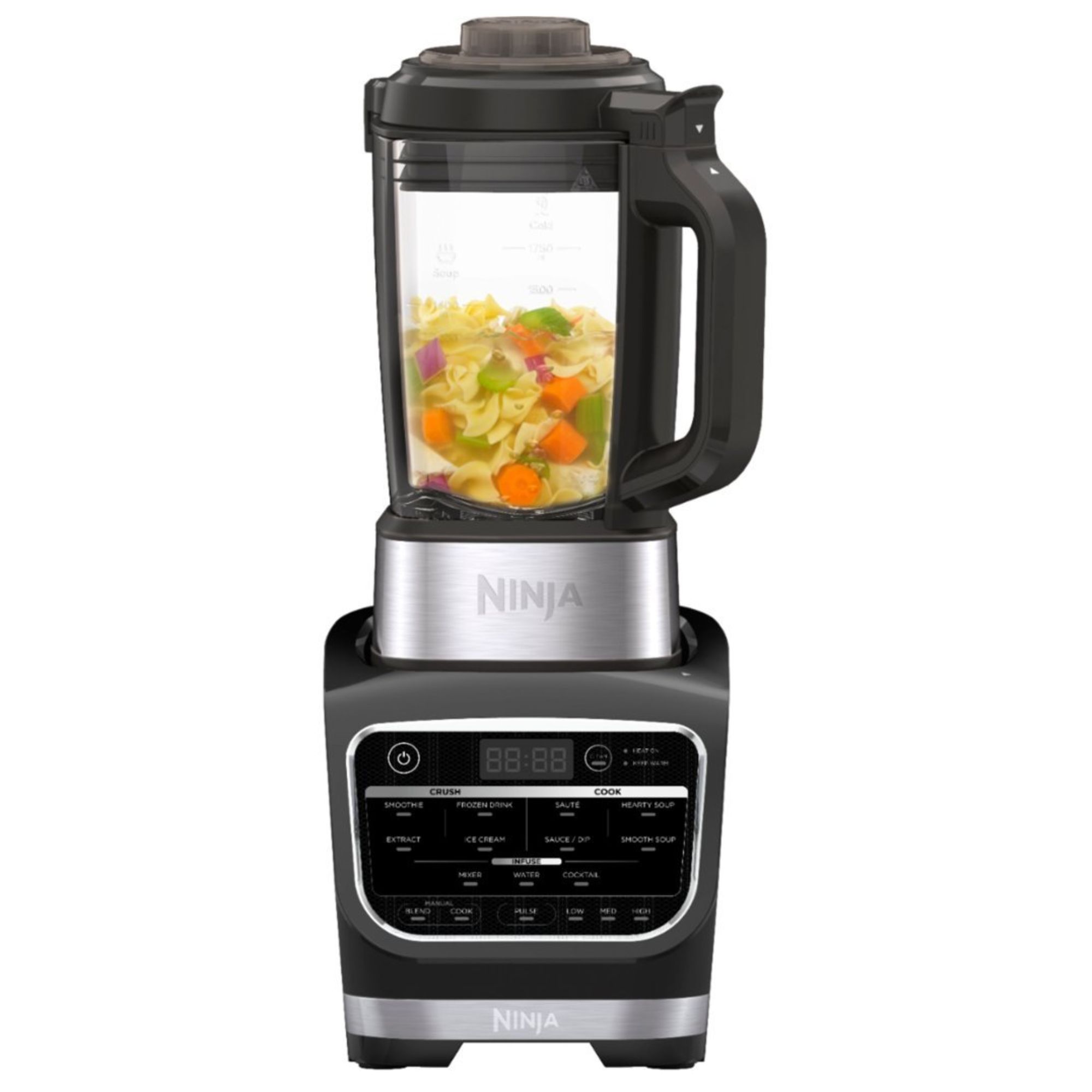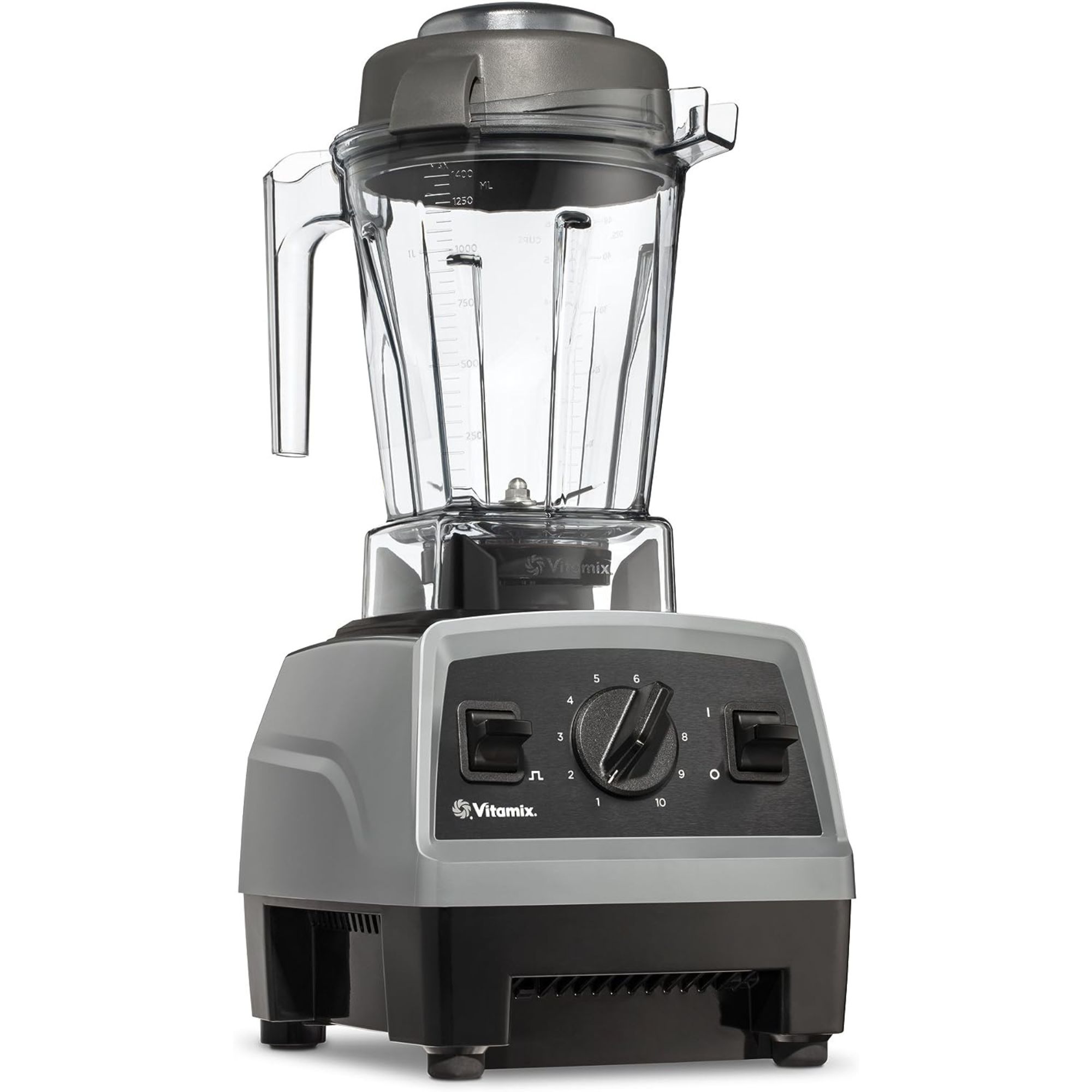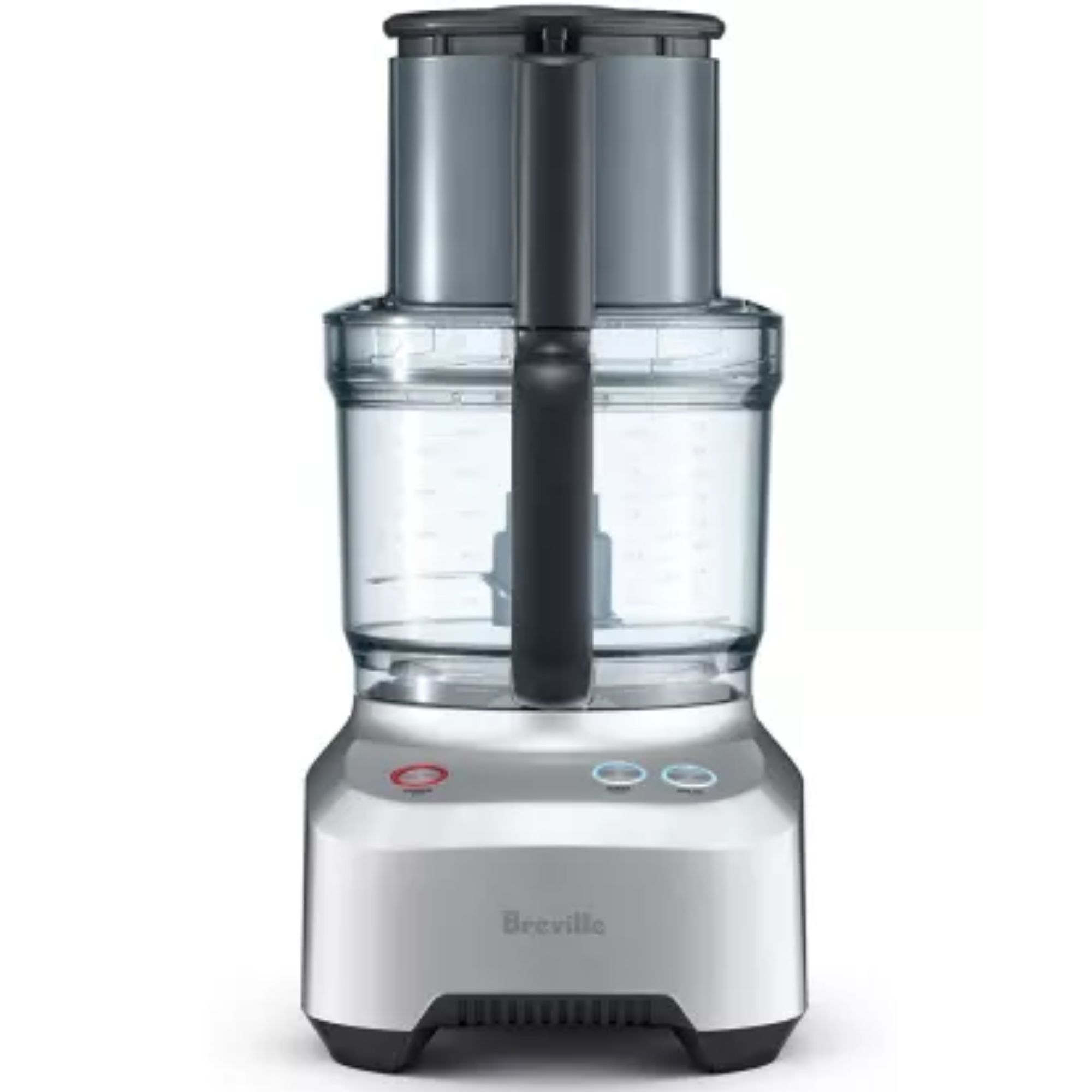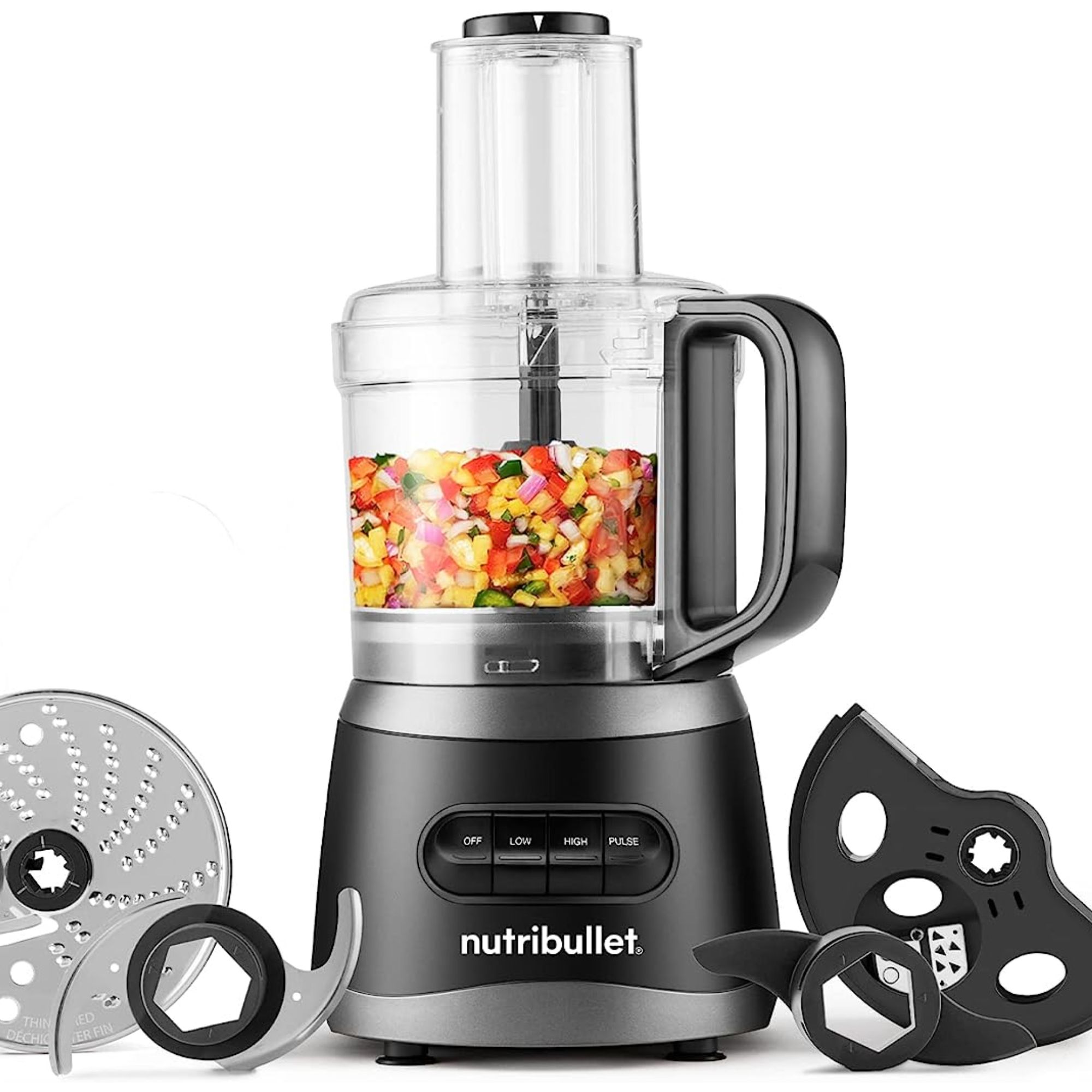Got a juicer for Christmas? Here's how to get the most out of it
Once you learn how to get the most out of a juicer, you'll be making clear, clean juice for a fraction of the grocery store price


If you took a look at my Christmas wish list, you'd find a premium juicer at the very top. I always start my day with a glass of OJ and I'd love nothing more than to make my own. By the time this article goes live, I hope to be the proud owner of a cold press.
Maybe you were gifted a juicer this holiday season, or you treated yourself to one in the sales. You'll soon find that you can make so much more than plain old OJ. Once you learn how to get the most out of a juicer, your palette will expand beyond the confines of the grocery store selection. You can experiment with unexpected flavor combinations and learn to love new fruits and vegetables.
All this might sound a bit intimidating to a beginner, but that's where I come in. As part of H&G's kitchen testing team, I've worked with some of the best juicers on the market. I know my way around a machine, which is why I've written up some dos and don'ts to help you get to know your juicer.
How to get the most out of a juicer
Use it for: fresh fruit juice
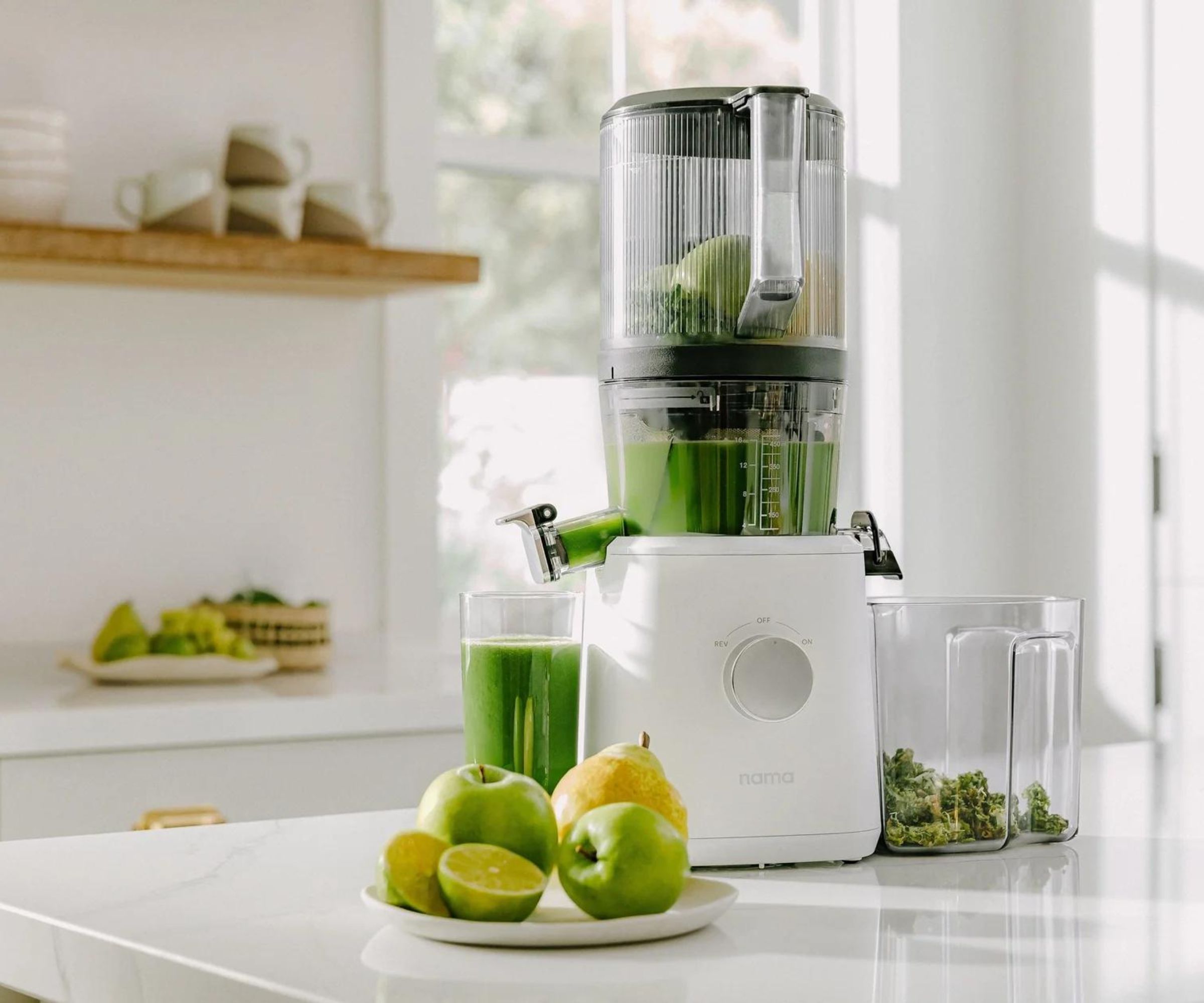
Once you've made your own fresh fruit juice, you won't want to go back to the store-bought stuff. You can produce single servings to suit yourself or juice in batches to feed the whole family. Plus, when you make juice at home, you can omit additives and preservatives that could alter the taste and interfere with your digestion.
One of our product testers, Alex, made the best orange juice he's had in years with the Nama J2 juicer. He puts it down to the fineness of the filter, which strained out most of the pulp, leaving just enough for that freshly squeezed feel.
You don't need to stick to citrus fruits. If your new juicer is worth its salt, you could squeeze anything from apples and berries to cucumber and coriander.
Use it for: firmer fruits and tougher textures
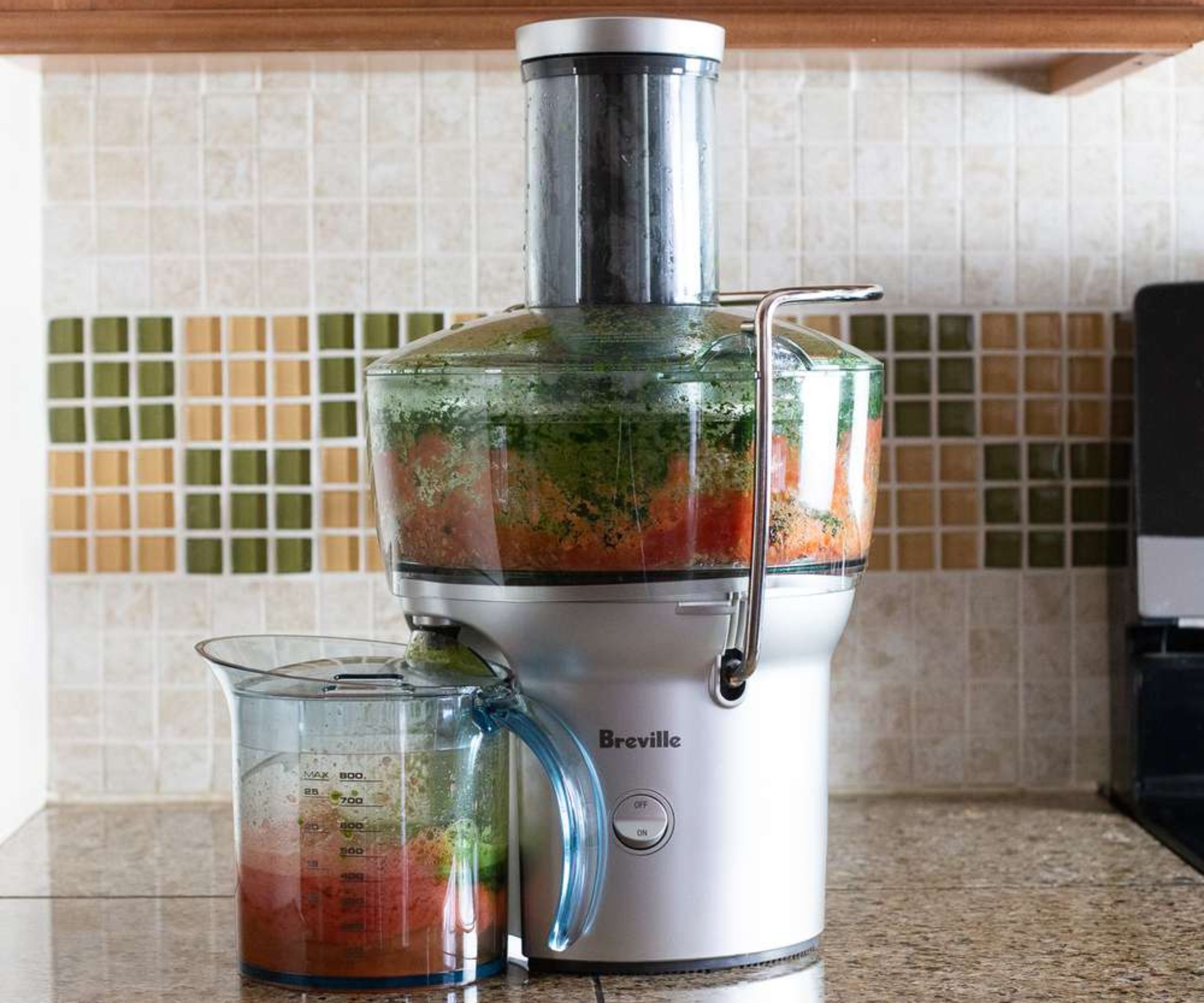
Any decent juicer can squeeze soft citrus fruits. It takes a special sort of machine to get all the goodness out of firmer produce and tougher textures.
Design expertise in your inbox – from inspiring decorating ideas and beautiful celebrity homes to practical gardening advice and shopping round-ups.
If you haven't already, unbox your juicer and have a good look at it. Consider the size of the feed chute: a wider opening can accommodate larger ingredients, from whole strawberries to pineapple spears.
Skim over the specifications and try to find out what sort of juicer you own: whether it's fast or slow. Fast juicers, also known as centrifugal juicers, are powerful enough to squeeze whole fruits, though leafy greens and herbs might get caught in the blades. If you still can't tell what kind of juicer you have, take a look at the wattage: faster juicers have more powerful motors, in the 1000-1500W range.
Use it for: a kitchen style statement
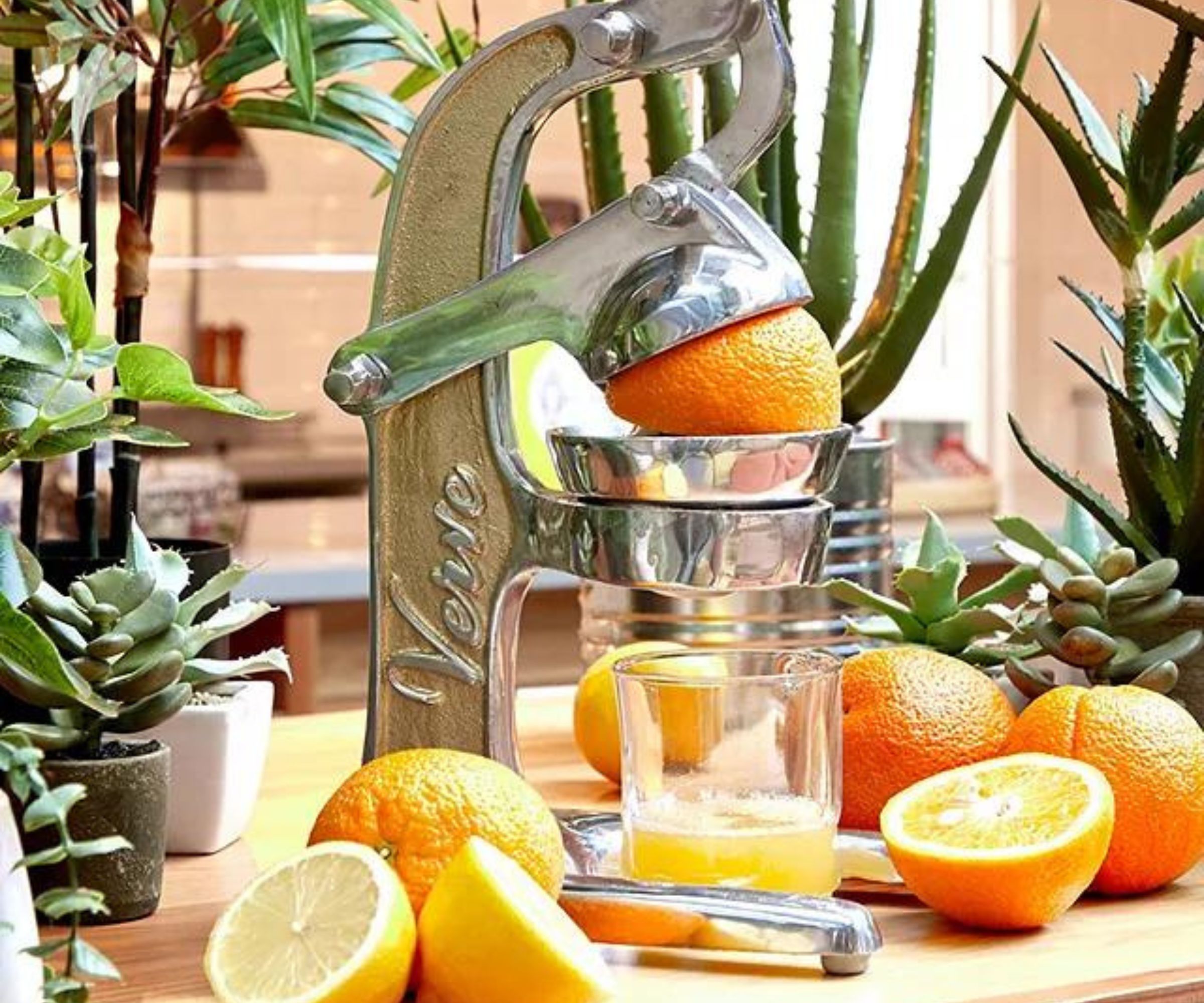
As kitchen appliances go, juicers are among the prettiest, as well as the most practical. If you've been gifted a juicer this Christmas, I'd recommend clearing some counter space and displaying it pride of place in your kitchen.
There are cute and compact makes that come in all manner of pastel shades. I love the look of the Smeg Citrus Juicer, especially in baby pink. It's bright enough to stand out against stainless steel and white walls, without totally overwhelming the space.
For aesthetics, there's nothing like an artisan juicer. I'm not the biggest fan of the Verve Culture Citrus Juicer, but even I can admit it's beautiful: slim and streamlined, with a splash of gold running up the side for a touch of retro charm. If that's what you found underneath the tree, you'll love looking at it, though you might struggle to juice anything larger than a lemon.
Don't use it for: soups and smoothies

Juicers just aren't that versatile. You can make orange juice, apple juice, and lemon juice, granted, but that's not a very long list. If you want to make shakes and smoothies, hearty soups, and chunky dips, you might be better off with a blender.
Where juicers press produce between fine mesh filters to separate the liquid from the flesh and pulp, blenders blitz fruit and vegetables into thick and creamy purées. The best blenders can tackle soft and firm produce, as well as tougher textures, such as leafy greens and protein powders.
If you get a blender with a heating element, then you can prepare and cook soups and sauces right there inside your pitcher. I was pretty skeptical about this before I tested the Ninja Foodi Cold & Hot Blender. This thing chopped my aromatics and sautéd my onions to make a delicious, nutritious butternut squash soup.
The best blenders don't come cheap. You might not be able to afford a brand new appliance so soon after Christmas. With that said, it's worth keeping track of the Boxing Day sales to bag a blender for less.
Don't use it for: prepping produce
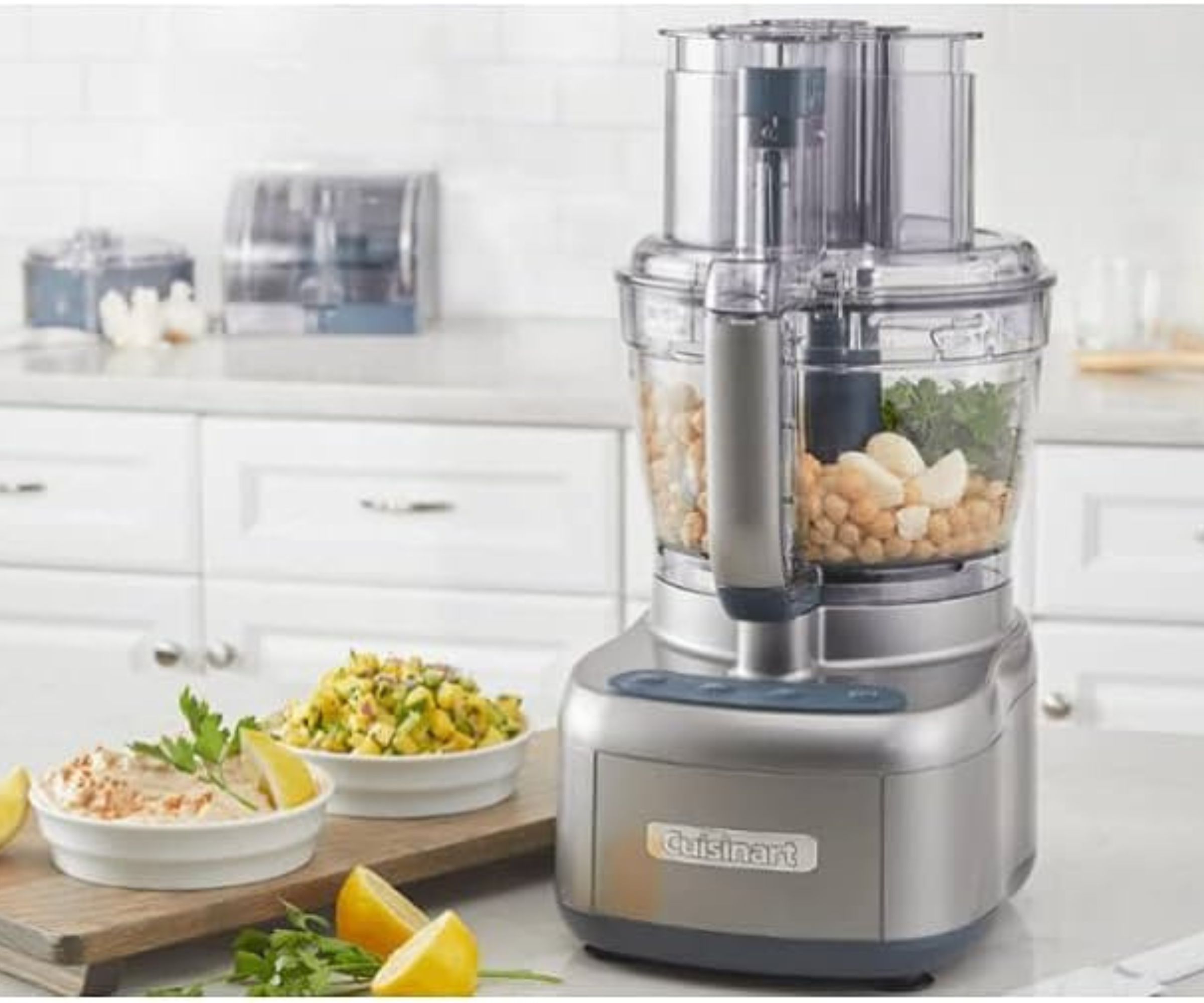
If you want to squeeze produce, get a juicer. If you want to chop it and chunk it, use a blender. If you want to slice, dice, grate, shred, or do any other kitchen task that requires fine motor skills, your best bet is a food processor.
Where juicer blades are short and sharp, food processors use S-shaped slice and shred discs. These blades spin more slowly to make more precise cuts to all kinds of produce. You could use a food processor to grate cheese or mince meat, as well as slice through fruits and vegetables.
A big and beefy food processor might not be as pretty as an artisan juicer, but it might make a more practical kitchen companion. I've spent hours searching the web to find the best food processors at the fairest prices.
How to get the most out of a juicer FAQs
Is a juicer really worth it?
For juice lovers, absolutely. When you work with a juicer, you can produce several servings of clear, clean juice, and keep it free from additives and preservatives. Sure, it might take a few cycles to produce enough juice for the whole family, and it won't keep for long in the fridge, but I always find that juice tastes best when it's freshly squeezed.
When you use a juicer, you can squeeze all the goodness out of your groceries. If you're really keen to get the most out of your fresh produce, you might be better off with a blender or a food processor. Blenders are best for smoothies and soups, while food processors can prepare all manner of fresh produce.
What should you not put in a juicer?
You should never put a whole apple in a juicer. Unlike a blender, whose powerful blades can blast through fruit peels and pips, a juicer is not designed to process apple cores. Even the best juicer might struggle to extract from leafy greens and dryer ingredients. If you're keen to incorporate firmer produce, such as bananas or avocados, into your diet, you could run them through a blender, instead.
Final thoughts
Now that you've got your very own juicer, it's important to take good care of it. It's worth learning how to clean a juicer for safe and hygienic use to get the most out of your gift.
If you're going on a health kick in the new year, you might be wondering: is juicing or blending healthier? We've gathered expert advice from nutritionists and dieticians to help you make informed choices for your body.

Emilia is our resident sleep writer. She spends her days tracking down the lowest prices on the best mattresses and bedding and spends her nights testing them out from the comfort of her own home. Emilia leads a team of testers across America to find the best mattress for every sleep style, body type, and budget.
Emilia's quest to learn how to sleep better takes her all around the world, from the 3Z mattress factory in Glendale, Arizona to the Hästens headquarters in Köping, Sweden. She's interviewed luxury bedding designers at Shleep and Pure Parima, as well as the Design Manager at IKEA. Before she joined Homes & Gardens, Emilia studied English at the University of Oxford.
